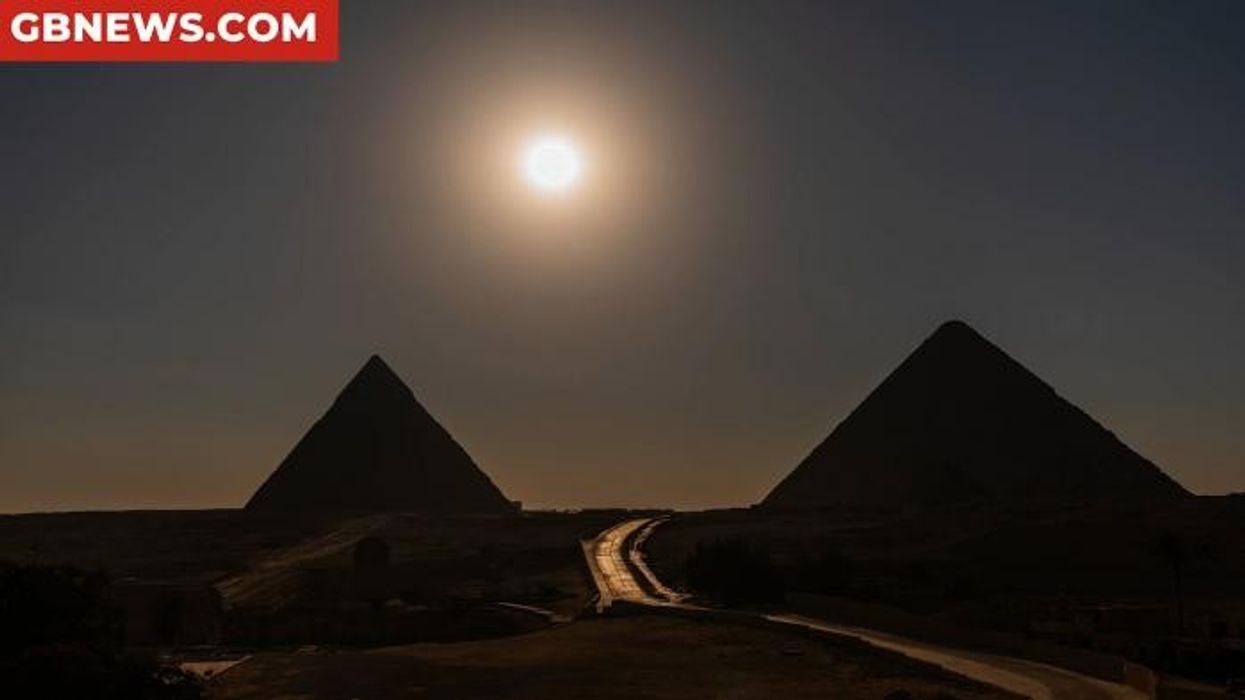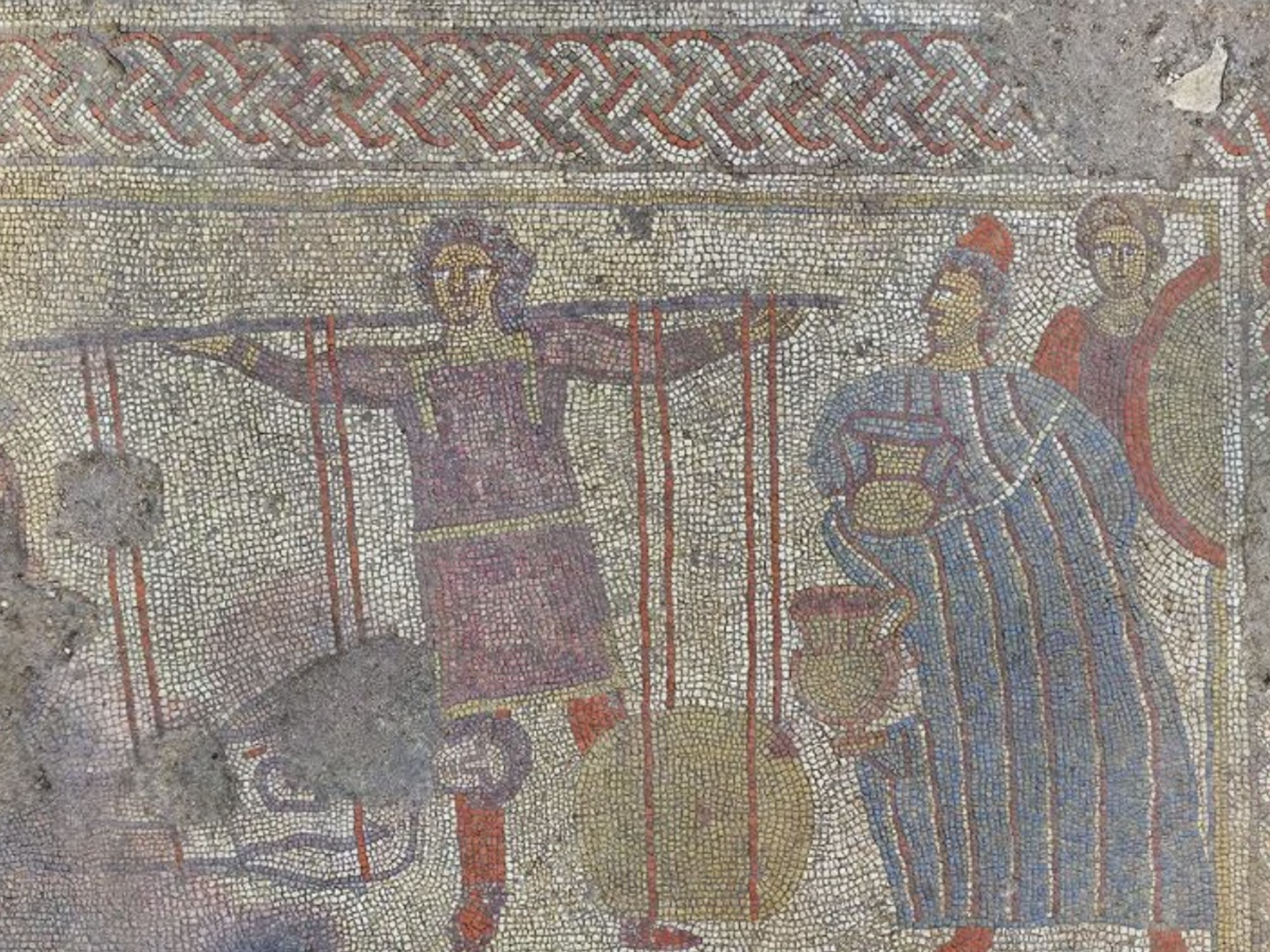New dinosaur species discovered in Britain as scientists left baffled by 'very unusual' feature

Retired GP Dr Jeremy Lockwood has 'single-handedly' quadrupled our knowledge of the prehistoric species
Don't Miss
Most Read
Latest
A new species of dinosaur has been discovered on the Isle of Wight.
The historic find is similar to an iguanadon, but boasts a distinctive feature which scientists have said is "very unusual".
The dinosaur's fossilised remains show a sail-like structure extending along its spine and tail which may have been used for displays of courtship.
**ARE YOU READING THIS ON OUR APP? DOWNLOAD NOW FOR THE BEST GB NEWS EXPERIENCE**
Dr Jeremy Lockwood, a retired GP and PhD student at Portsmouth University and the Natural History Museum, made the identification after examining specimens which had been misclassified for years.
And the "sail", as well as the discovery's South Coast locale, have handed the ancient fossil a surprising namesake: iconic yachtswoman Dame Ellen MacArthur.
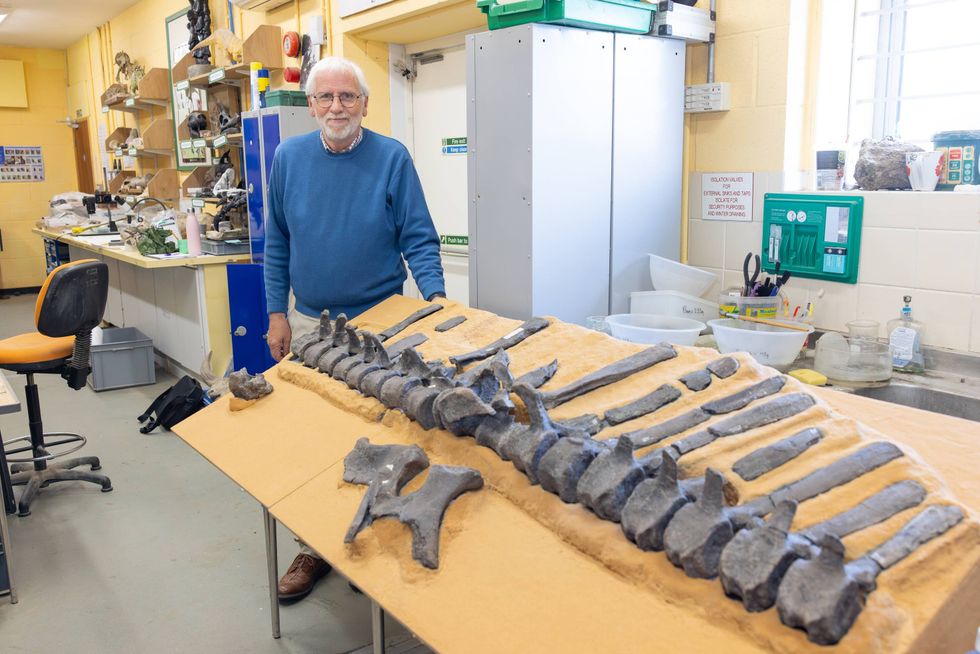
The 125 million-year-old fossil boasted a 'very unusual' feature
|PA
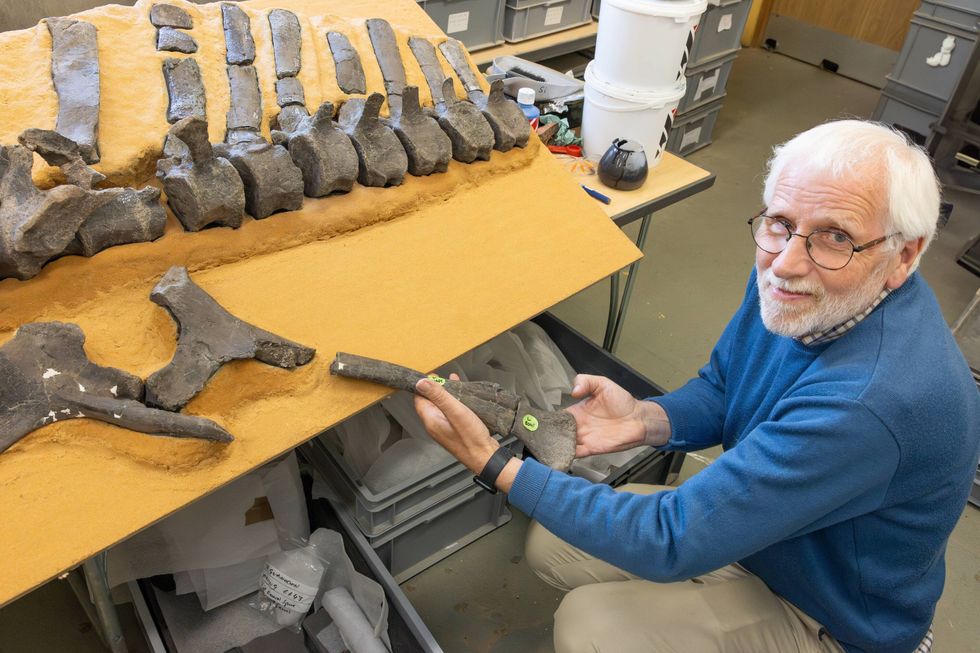
Dr Lockwood's examination revealed exceptionally elongated 'neural spines' that distinguished these remains from other specimens
|PA
The 125 million-year-old iguanodontian dinosaur has been christened Istiorachis macaruthurae.
It honours Dame Ellen MacArthur, an Isle of Wight native who achieved global recognition in 2005 by completing the fastest non-stop solo circumnavigation of the globe.
The creature's name combines "sail spine", in reference to its distinctive anatomical feature, with Dame Ellen's surname.
Dr Lockwood's examination revealed exceptionally elongated "neural spines" that distinguished these remains from other specimens.
"While the skeleton wasn't as complete as some of the others that have been found, no-one had really taken a close look at these bones before," Dr Lockwood said.
DINOSAUR DISCOVERIES - READ MORE:
- New dinosaur species discovered after being preserved in volcanic ash 209 million years ago
- Dinosaur museum discovers 70 million-year-old fossil underneath own car park
- Dinosaur discovery as two NEW species unearthed in 125,000,000 year-old fossil
- New series of dinosaur discovered that rewrites history of T-Rex
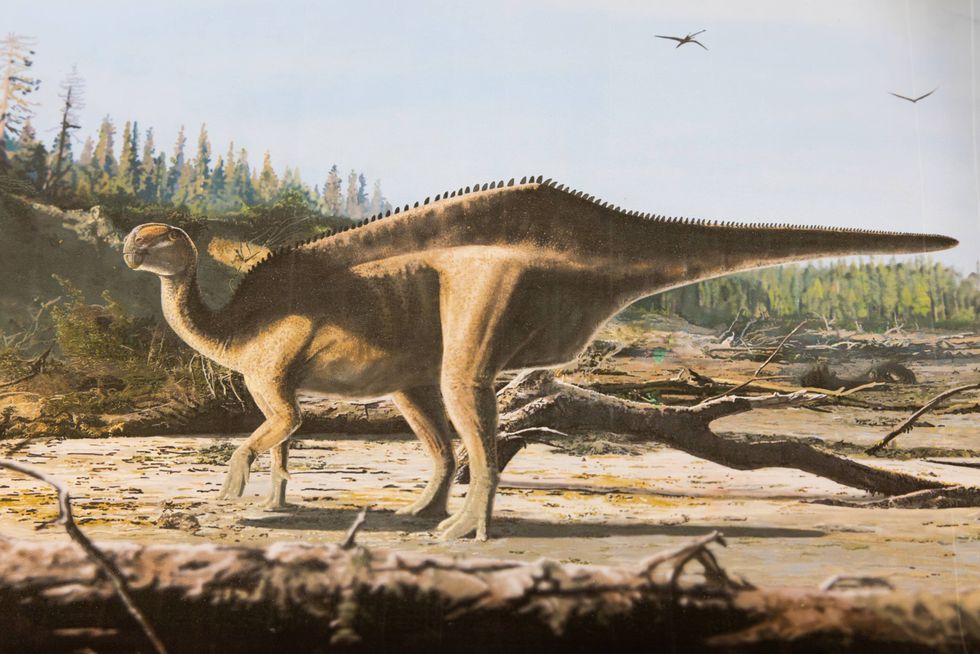
The 125 million-year-old iguanodontian dinosaur has been christened Istiorachis macaruthurae
|PA
Other fossils had previously been categorised as belonging to already-existing iguanodontian species from the island.
"It was thought to be just another specimen of one of the existing species, but this one had particularly long neural spines, which was very unusual," he added.
The research, detailed in Papers in Palaeontology, suggests the prominent dorsal feature served primarily as a visual signal rather than for heat regulation or energy storage.
"Evolution sometimes seems to favour the extravagant over the practical," Dr Lockwood explained.
Some modern reptiles have similar sail formations - but predominantly in males, indicating their role in attracting partners or deterring competitors.

The new species has been named after Isle of Wight native and iconic yachtswoman Dame Ellen MacArthur
|PA
"We think Istiorachis may have been doing much the same," Dr Lockwood added.
The team's analysis involved comparing the fossilised vertebrae against an extensive catalogue of comparable dinosaur specimens, revealing that Istiorachis had spines far more pronounced than typical iguanodontian relatives.
Museum expert Professor Susannah Maidment said: "Jeremy's careful study of fossils that have been in museum collections for several years has brought to life the iguandontian dinosaurs of the Isle of Wight.
"Over the past five years, Jeremy has single-handedly quadrupled the known diversity of the smaller iguanodontians on the Isle of Wight, and Istiorachis demonstrates we still have much to learn about Early Cretaceous ecosystems in the UK."


